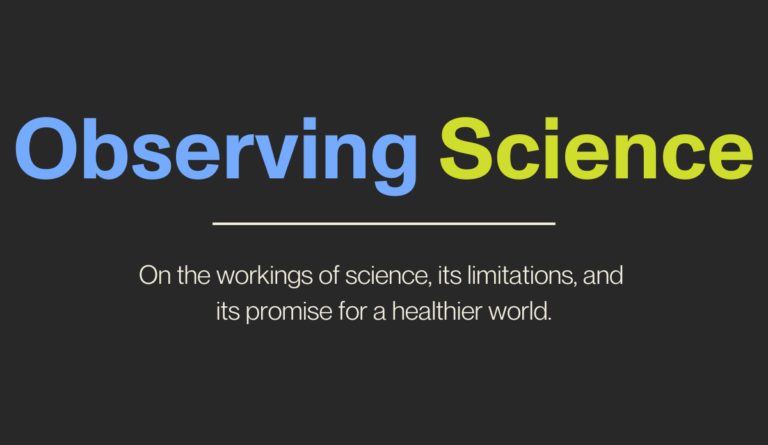Patent Rights and Wrongs
On the two hundred year-old conflict between science and business.

Read Time: 4 minutes
Published:
Article One of the U.S. Constitution includes the intellectual property clause. Congress can “promote the Progress of Science and useful Arts, by securing for a limited time to Authors and Inventors the exclusive Right to their respective Writings and Discoveries.” Two years later, in 1790, the U.S. Patent Office opened, rewarding the creation of new technologies, inventions, and ideas with government-granted monopolies, protected from competitors. After more than two centuries of practice, we are still struggling with this reward system, asking ourselves whether it is sufficiently and correctly motivating or skewed to produce problematic pricing and ruin our chances for health equity.
Patents are the sine qua non of the modern pharmaceutical and medical device industries. Without patents, private companies would have little incentive to bring a product to market. This system has launched thousands of start-up firms in the past decades, producing tens of thousands of products, and spurring economic growth and employment, particularly around large universities. Further, on its face, the system is leveling, rewarding small firms as well as large ones.
Still, patents as a path to commercialization embeds a long list of challenges. First, patents may stimulate innovation only when the final medication can be priced highly, forcing companies to turn away from potential life-saving products that are likely to be less profitable. Relatedly, the patent holder, safe from competitors, can charge any price the market will bear.
The conflict between science and business is not imaginary—it’s two hundred years old.
Second, the effective patent life can be extended by statutes and FDA regulations. And made longer still, effectively, by a company’s development of “me-too” drugs, continuing high-priced near copies that have no therapeutic benefit beyond existing drugs. Further, critics contend that the system has been corrupted by companies manipulating laws to maintain monopoly rights and harming competition. So called ‘patent thickets’—multiple patents that cover the same product—are designed to delay or deter competitors and generic drug-makers from entering the market. The blockbuster medication Humira currently has more than 130 patents covering the drug.
Third, because academic centers can patent drugs discovered through NIH-funded projects (paid for by tax dollars), and can license these drugs to public companies, should taxpayers receive a return on investment? Research institutions are supposed to keep federal funders aware of all patents stemming from NIH-funded work, but this has not been universal.
It is not surprising that the American patent system has been widely criticized by human rights agencies and anti-poverty advocates. Ideas carry price tags. As noted in last week’s Observing Science article about commercialization, some question whether the discovery and distribution of medicine should be a for-profit undertaking at all, and alternatives to the current regime have been raised. There have also been some attempted fixes to the patent system’s flaws. The U.S. Orphan Drug Act was introduced to spur research for diseases that either affect a small number of people or, for other reasons, would not produce a significant profit for the manufacturer. Other initiatives target high prices; the Inflation Reduction Act of 2022 has allowed Congress to lower some prescription drugs costs, overriding a 2003 law prohibiting the U.S. Medicare system from negotiating the price of purchased drugs. Yet, we are still arguing about the price of insulin and the access problems unaffordable pricing can cause, a dilemma that has ricocheted back to Congress as we question if this life-sustaining medication is a right or a privilege.
Open publication and communication has been central to the success of western science. Yet commercialization, which protects information rather than freely disseminating it, has no doubt been an accelerant to health improvements. Obliging the inventor to publish the details of her invention to receive a patent plays a role in the free flow of information. But is that enough to improve health, and what are the harms along the way? A letter to the New England Journal of Medicine in the middle of the last century noted, “The medical profession has always been imbued with the idea of the free exchange of knowledge gained from research. The meetings of our societies and the content of our journals bear witness to this fact. The inauguration of medical patents in certain fields has cast a blight on this traditional ideal.” The conflict between science and business is not imaginary—it’s two hundred years old.
Previous Issue: Commercializing Science




